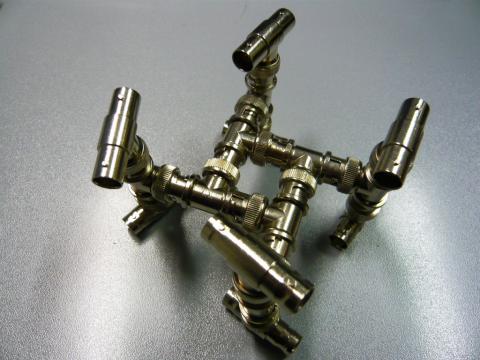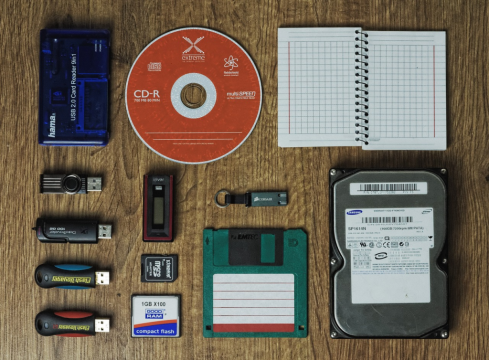Comparison between AWS relational databases: RDS vs Aurora


Introduction
With the proliferation of cloud computing, the choices for databases have become increasingly diverse. In this comparison, we will focus on the Relational Database Service (RDS) and Aurora, two popular relational database services, and discuss their respective features and benefits in detail. Let’s get started!
Service overview
Amazon RDS (Relational Database Service) is a fully managed relational database service provided by Amazon Web Services (AWS). With RDS, you can simplify tasks such as database setup, management, and scaling.
Amazon Aurora is a high-performance and durable relational database engine provided by Amazon Web Services (AWS). Aurora offers compatibility with MySQL and PostgreSQL while delivering faster performance and scalability.
Difference between Amazon RDS and Auroraの
① The choice of data engine

RDS supports major relational database engines such as MySQL, PostgreSQL, Oracle, and Microsoft SQL Server.
Aurora is a high-performance database engine that is compatible with MySQL and PostgreSQL.
Here are the characteristics of each engine:
- MySQL: An open-source and popular relational database engine. It has a wide community and extensive documentation, making it widely used in various applications.
- PostgreSQL: An advanced open-source relational database engine. It offers rich features and scalability, making it suitable for applications where data integrity and security are important.
- Oracle: A commercial relational database engine specialized in high performance and large-scale database processing. It provides comprehensive features for enterprise applications.
- Microsoft SQL Server: A relational database engine by Microsoft widely used in Windows environments. It is known for its integration with the Microsoft ecosystem and rich BI capabilities.
②Deployment options

・RDS Deployment Options
(1) Single AZ Deployment
Deploy the RDS database in a single Availability Zone (AZ). It provides limited fault tolerance but is cost-effective.
(2) Multi-AZ Deployment
Automatically replicate the RDS database to multiple AZs. It creates a synchronous standby replica of the master database and automatically switches over in case of a failover. It offers high availability and durability.
(3) Read Replica Deployment
Create multiple read replicas of the RDS database to distribute read traffic. The read replicas are synchronized with the master database and are used to process read-only queries.
(4) Multi-Region Deployment
Deploy the RDS database in multiple AWS regions to enhance data redundancy and durability. It supports active/active or active/passive replication architectures.
・Aurora Deployment Options
(1) Single-Master Deployment
Includes a single master node in the Aurora cluster to handle database writes and reads. It also supports a multi-AZ configuration with automatic failover.
(2) Multi-Master Deployment
Includes multiple master nodes in the Aurora cluster to distribute database write traffic. Each master node is synchronized, providing high write throughput and availability.
(3) Global Database Deployment
Configures an Aurora Global Database and deploys the database in multiple AWS regions. It offers automatic replication of data and automatic failover, ensuring high availability and performance.
③Replication

RDS ensures data redundancy and durability through master-slave replication. Data is synchronized between the master database and read replicas. On the other hand, Aurora combines multi-AZ configuration and distributed storage to enhance data redundancy and availability. Data is distributed across six copies, providing automatic failover and improved durability (with four copies being synchronous and the remaining two being asynchronous).
④Back-up and recovery

RDS utilizes features such as snapshots and automatic backups for data backup and recovery purposes.
Aurora supports continuous backups and short-term recovery points with a maximum interval of 5 minutes. Backups are performed at the storage layer, enabling fast backup and restore speeds.
Conclusion
RDS and Aurora are both excellent relational database services, each with their own unique advantages and features.
RDS is based on existing relational database engines and offers flexibility and ecosystem support as its main strengths. Aurora, on the other hand, provides fast performance, durability, and scalability, achieving excellent availability through distributed storage and multi-master replication.



